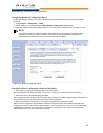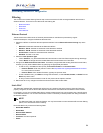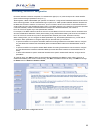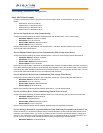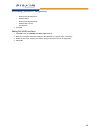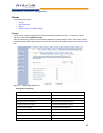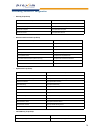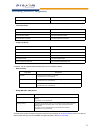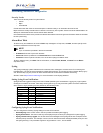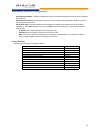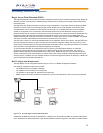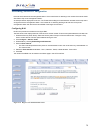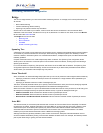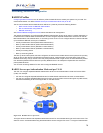
71
Performing Advanced Configuration
• TFTP Trap Group
• Image Trap Group
In addition, the AP supports these standard traps, which are always enabled:
• RFC 1215-Trap
• Bridge MIB (RFC 1493) Alarms
All these alarm groups correspond to System Alarms that are displayed in the System Status screen, including the
traps that are sent by the AP to the SNMP managers specified in the Alarm Host Table.
Flash Memory Corrupted oriTrapFlashMemoryCorrupted
Restoring Last Known Good Configuration File oriTrapFlashMemoryRestoringLastKnownGoodConfiguration
Trap Name Description
TFTP Operation Failure oriTrapTFTPFailedOperation
TFTP Operation Initiated oriTrapTFTPOperationInitiated
TFTP Operation Completed oriTrapTFTPOperationCompleted
Trap Name Description
Zero Size Image oriTrapZeroSizeImage
Invalid Image oriTrapInvalidImage
Image Too Large oriTrapImageTooLarge
Incompatible Image oriTrapIncompatibleImage
Invalid Image Digital Signature oriTrapInvalidImageDigitalSignature
Trap Name Description
coldStart The AP has been turned on or rebooted.
Trap Severity Level: Informational
linkUp The AP's Ethernet interface link is up (working).
Trap Severity Level: Informational
linkDown The AP's Ethernet interface link is down (not working).
Trap Severity Level: Informational
Trap Name Description
newRoot This trap indicates that the AP has become the new root in the Spanning Tree
network.
Trap Severity Level: Informational
topologyChange This trap is sent by the AP when any of its configured ports transitions from the
Learning state to the Forwarding state, or from the Forwarding state to the
Blocking state.
This trap is not sent if a newRoot trap is sent for the same transition.
Trap Severity Level: Informational



